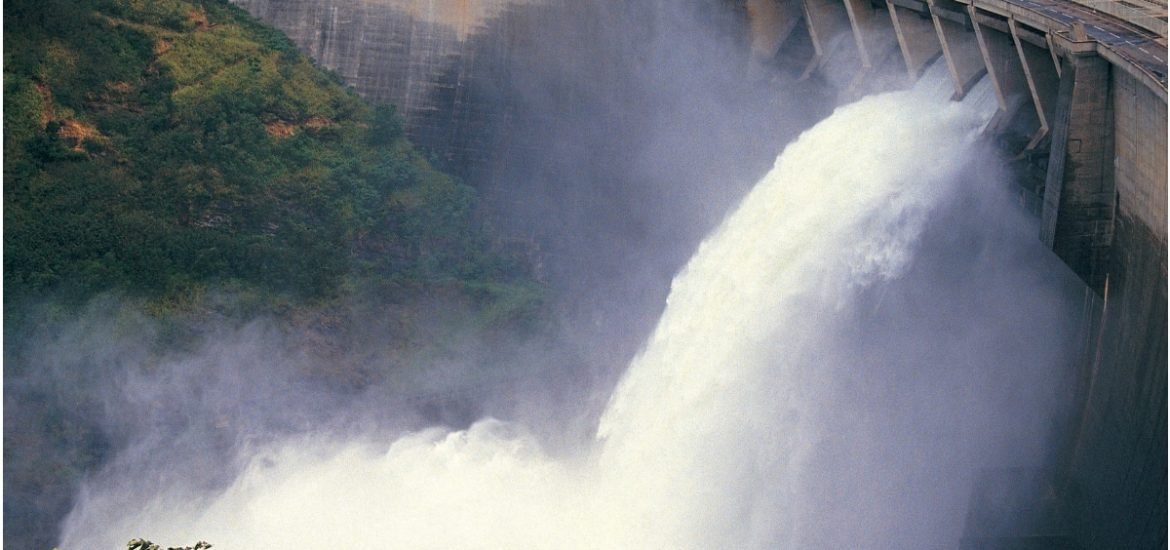
Two papers published on 5 November in the Proceedings of the National Academy of Sciences have shed some new light on the dark side of hydropower. This renewable source of electricity has helped shape much of the developed world but researchers say, “The benefits of energy from dams no longer outweigh the social and environmental costs that damming up rivers brings about.”
Hydropower is the leading source of renewable energy across the globe and contributes around 70 per cent of the total energy produced by natural resources, far ahead of wind and solar. However, owing to the environmental and social concerns, more dams are now being removed in North America and Europe than actually being built. But hydropower dams are still being constructed at a rapid pace in the developing world and are causing disturbances to river ecology, deforestation, loss of biodiversity, increased greenhouse gases emissions, as well as displacing thousands of people and affecting their food systems, water sources, and agriculture. Moreover, dams have a finite lifespan of around 30 years and thus, do not meet the criteria of a long-term sustainable strategy.
A team of geographers, social scientists, hydrologists and engineers from Michigan State University have published a paper examining the benefits ― which they report to be overestimated ― as well as the underestimated costs associated with new hydropower installations (1). While the authors acknowledge that hydropower can make a substantial contribution to sustainable energy, the true costs ― social, environmental and cultural, as well as the eventual cost of removing of the dam ― must be considered at the outset. The authors further highlight the importance of incorporating climate change considerations into decisions on whether or not to build a dam. The hydropower industry needs to not only focus on energy production but also on the negative social and environmental impacts caused by dams ― current common practices are unsustainable.
The paper discusses the rapid proliferation of dams in the developing world and points to several regions at risk. At present, 3,700 dams that produce more than one megawatt of electricity are either planned or under construction, mainly in developing countries. The Amazon Basin, with some 2,320 fish species and a rich diversity of ethnic and cultural communities, is the site of 147 planned dams, mostly in Brazil. In the Mekong River ― where 60 million inhabitants live off the fishing industry ― there are currently 11 hydropower dams under construction and within the Mekong Basin, 72 new projects are planned in Laos, 10 in Malaysia, and more than 50 in Cambodia.
In a complementary paper, another group of researchers with diverse expertise, including natural and social sciences, engineering, arts and humanities, have come together to examine the case for building, removing, or modifying dams, and some of the complex trade-offs that accompany these decisions (2). They collected data on over 7,500 dams in New England as a “model system” with the aim of developing an approach to maximize the combined ecological and economic benefits. Potential decisions were based on multiple criteria valued by stakeholders, including habitat availability for migratory fishes, hydroelectric power production, water storage, drinking water supply, water quality, recreational use, dam breach risks, waterfront property impacts and decision costs.
Based on an economic concept called the production possibility frontier along with a scenario-ranking technique, the machine learning algorithm was used to simulate the many trade-offs and to find solutions that maximize total benefits. They found that increasing the scope of these decisions can improve trade-offs, which means there are, in fact, opportunities for win-win solutions. The authors hope this new multiobjective approach will “facilitate future dam decision negotiations by identifying appropriate scales, locations, and criteria that satisfy multilateral funding, policy, and stakeholder goals.”
Based on these new papers, it is clear that decisions to build or remove large-scale hydropower installations involve complex and diverse factors. The risk of large-scale destruction of the natural world should not be taken lightly, nor should the significant human costs of large dams.
(1) Moran, E.F. et al. Sustainable hydropower in the 21st century. Proceedings of the National Academy of Sciences (2018). DOI: 10.1073/pnas.1809426115
(2) Roy, R.G. et al. A multiscale approach to balance trade-offs among dam infrastructure, river restoration, and cost. Proceedings of the National Academy of Sciences (2018). DOI: 10.1073/pnas.1807437115
[…] Two papers published last year reported that the benefits of energy from dams no longer outweigh the social and environmental costs (2,3). Furthermore, Muller points to environmental groups that lobby against hydropower projects under the United Nations Framework Convention on Climate Change (UNFCCC) Clean Development Mechanism and the increasingly more lively political debate on hydropower. This has led to fewer investments and less finance for dams. In this new perspective, Muller makes a number of arguments in favour of hydropower and suggests the Intergovernmental Panel on Climate Change (IPCC) should reconsider hydropower as a means of reducing greenhouse gas emissions. […]